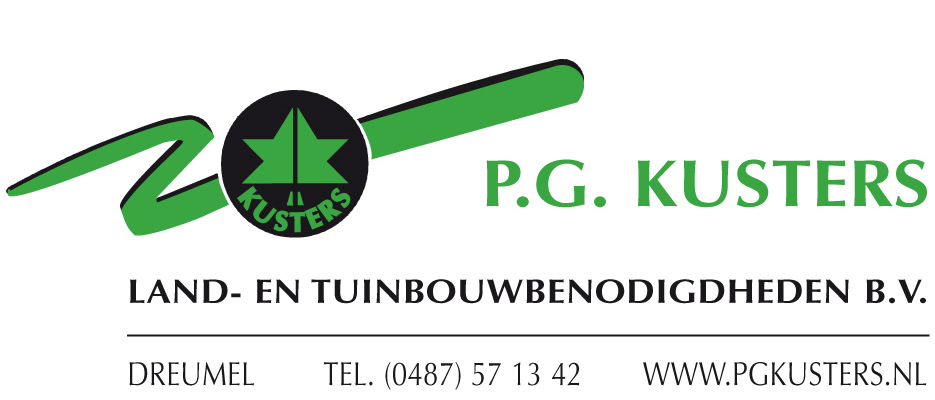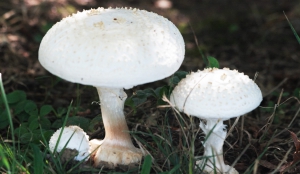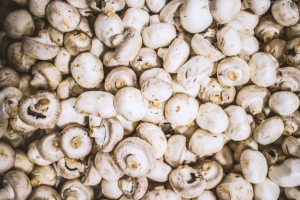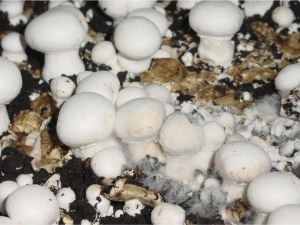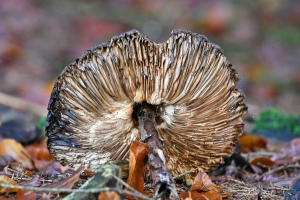Exploring the Delightful World of the White Cap Mushroom - A Culinary Adventure by Fred Musc
Welcome, fellow mushroom enthusiasts! Today, we embark on a fascinating journey into the world of the White Cap mushroom (Agaricus bisporus).
Join me as we delve into its distinctive characteristics, natural habitat, nutritional composition, and explore the diverse ways this mushroom can be incorporated into culinary creations. Get ready to uncover the secrets and marvel at the intriguing nature of this remarkable fungus.
- The White Cap Mushroom:
A Closer Look: The White Cap mushroom is a member of the Agaricus genus and is known for its classic mushroom appearance. It features a convex cap that gradually flattens as it matures. Initially, the cap showcases a bright white color, lending the mushroom its name. Over time, the gills underneath the cap transition from pink to brown. The mushroom emits a delicate, slightly earthy aroma, adding to its appeal. - Natural Habitat and Cultivation:
White Cap mushrooms are commonly found in grasslands, meadows, and pastures. They have a widespread distribution, particularly in Europe and North America. In the wild, they typically emerge during late summer and early fall. Due to their popularity, White Cap mushrooms are also cultivated commercially worldwide. Controlled growing environments and specialized cultivation techniques ensure consistent quality and availability. - Nutritional Composition and Health Benefits:
When it comes to nutrition, White Cap mushrooms offer a range of benefits. They are low in calories and fat, making them a valuable addition to a balanced diet. These mushrooms are also a good source of essential nutrients such as potassium, vitamin B6, and dietary fiber. Additionally, White Cap mushrooms contain antioxidants, which help combat oxidative stress in the body. Including them in your meals can contribute to a wholesome and nutritious lifestyle. - Culinary Application and Versatility:
The White Cap mushroom's mild flavor and firm texture make it a versatile ingredient in the culinary world. Its adaptability allows it to shine in an array of dishes. These mushrooms can be enjoyed raw, providing a delicate crunch and subtle earthy notes to salads. When cooked, they release their flavors and pair well with various recipes. White Cap mushrooms are often sautéed, stir-fried, or used in soups, sauces, and pasta dishes, adding depth and complexity to culinary creations. - Recipe Inspiration: Creamy Garlic White Cap Mushroom Pasta.
To inspire your culinary endeavors, here's a delightful recipe featuring White Cap mushrooms;
Ingredients:
- 8 ounces White Cap mushrooms, sliced
- 8 ounces linguine or your preferred pasta
- 3 cloves garlic, minced
- 2 tablespoons butter
- 1 cup heavy cream
- ½ cup grated Parmesan cheese
- Salt and pepper to taste
- Fresh parsley, chopped (for garnish)
Instructions:
- Cook the pasta according to package instructions until al dente. Drain and set aside.
- In a large skillet, melt the butter over medium heat. Add the minced garlic and sauté until fragrant.
- Add the sliced White Cap mushrooms to the skillet and cook until they become tender and develop a golden hue.
- Pour in the heavy cream, and let the mixture simmer gently for a few minutes to thicken slightly.
- Stir in the grated Parmesan cheese until it melts and combines with the creamy mushroom sauce. Season with salt and pepper to taste.
- Add the cooked pasta to the skillet and toss well to coat the noodles with the creamy mushroom sauce.
- Serve the pasta in individual plates, garnished with freshly chopped parsley for a touch of freshness and visual appeal.

Fred Musc
The hands that grew a brew are now raising fungus for survival in northern West Bengal. Sabitri Toppo and Mausumi Minj are among 700 plantation workers who lost their jobs when the Madhu Tea Estate in West Bengal’s Alipurduar district.
The tea estate is one of 26 in the district’s Kalchini block, many of them in a bad shape due to low yield, quality and labour issues.
“We formed a cluster of women from 50 families, some of them from the closed tea estate, and trained them in organic mushroom farming more than a fortnight ago. We also provided them a permanent mushroom-growing shed and home-delivered spawn,” Binoy Dhar, a farm specialist with the Assam-based Mushroom Development Foundation (MDF) told The Hindu from the Kalchini area.
Please read the full article here.
Cobweb, still going strong
Lately I am getting a lot of phone calls again about cobweb disease. The growers see the first signs appearing at the end of the first flush and by the time the second flush is starting, the problem practically gets out of control. To beat the problem it is necessary to know where the disease is coming from and how it grows and spreads.
The cobweb mould is a soil born fungus, using a vector (taxi). The vector may be sand, dust, casing soil and all different materials used by the people on the farm. Think of brooms, shovels but also mushroom harvesting equipment. This way the spores of the fungus are transported. But the fungus does not have to reach the state of sporulation to be infectious. If the fungus is damaged is splitters like glass. Small particles of the fungus can regrow fast into a new patch of cobweb again. So only touching the fungus by hand or by watering is enough to spread it like wildfire. It grows best under warm and moist conditions. So to slow it down it will help to lower the RH in the room and to drop the temperature a bit. But it will not stop it.To stop it you will have to find the origin of the infection and stop that. Many of the infections I see at this moment seem to start during the first flush so I immediately look at the harvesting on the farm.
We make sure pickers change the gloves regularly and disinfect the knives every day. The clothes of the pickers have to be changed daily and we look at the logistics of the farm. No one is allowed to move backwards in the schedule. In other words, if you where in a second flush, never go back into the first. For the grower it means a lot of cloth changing. After every check of the rooms. On many farms it is also necessary to look at the handling of the trays. Testing showed that many of the multiple use trays are infected with moulds. Even trays that are claimed to be disinfected. An effective method is to make sure that multiple trays are staying in the room where they are used. So if they are left over after the first flush, leave them in that room and use them in the second flush. If trays are coming out of the room with a possible infection, store them separately. And not in a room with other packaging.
The best way is to carry out the disinfection yourself. Steam the incoming trays properly in a container or a room designed for steaming out. Preferably not in a cookout room because the trays will smell terribly after that. After cooking out one can use a swab test and an agar tray to see if the trays are clean enough to be allowed onto the farm.
So to eliminate this disease make a list of possible infection moments and go through the list one by one. Only this way, by taking out all possible infection points, the disease can be controlled. Because chemical control is almost impossible and most of the times not allowed. And if you see the disease it is already to late to do something. The only thing left at that moment is to cover it widespreaded with salt and to stop watering immediately. And then start eliminating it with all possible measures.
The Mushroom speaks
The film The Mushroom Speaks is a production of documentary filmmaker Marion Neumann. Her intention with this film is to create an awareness of the unique skills and qualities that the study of mycology can provide. The Mushroom Speaks, through a personal journey of thought, explores a kind of rhetorical mycelium, a fungal-inspired perception in which ideas become spores as the fungus transforms the concrete. Looking for encounters and opportunities for innovation and wondering what unites us when the world seems to be falling apart. When thinking about fungal consciousness, she wants to paint a picture that fungi can sometimes be the solution to radically change this.
Source: The Mushroom Speaks
Here you can find out more about Marion Neumann



